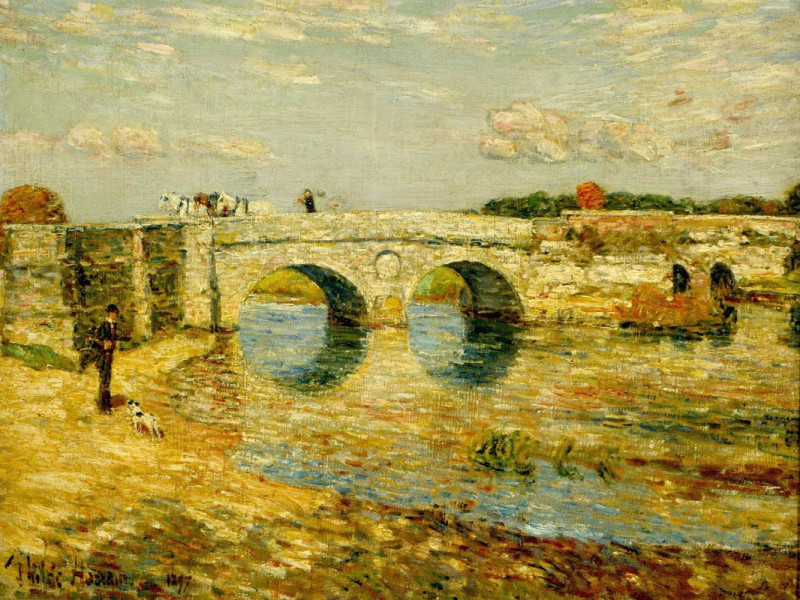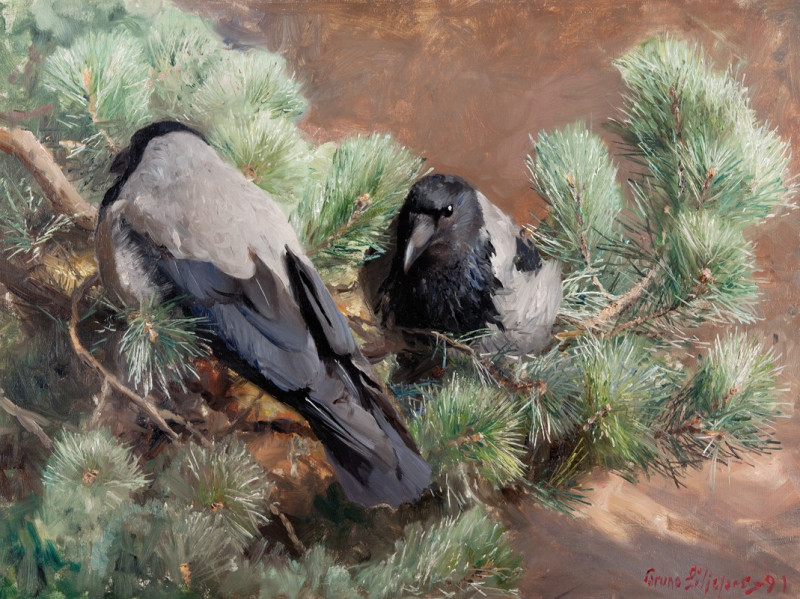Peace and Plenty (1865)
Technique: Giclée quality print
Recommended by our customers
More about this artwork
George Inness's masterpiece from 1865, "Peace and Plenty," invites viewers into a serenely idyllic panorama that captures the tranquil essence and fecund splendor of the American countryside post-Civil War. This painting embodies a quietude and harmonious relationship between humanity and nature, a theme often revisited by Inness, who is considered one of the foremost American landscape painters.In the foreground, we see freshly mown hay scattered across the fields in neat piles, indicating the recent labor of farmers who continue their presence in small figures scattered throughout the landscape. The middle ground becomes a tapestry of lush greens and subtle earth tones that speak to the abundance of the harvest season. A pair of tall, majestic trees dominate the central composition, serving as grounding visual anchors that also frame the distant vista.Beyond these trees, our eye roams to a gentle river that meanders through the field, reflecting the last of the day's light. The background stretches into a rolling vista punctuated by soft, hillside patches of woodland and the subtle outlines of homesteads, suggesting a community living in harmony with the land. The expansive sky, tinged with the hues of dusk, casts an emotive glow over the scene, further enhancing the mood of tranquil stability.This painting not only showcases Inness's magnificent skill in handling color and light but also evokes a sense of peaceful resilience. "Peace and Plenty" stands as a poignant reminder of nature's bounty and the restorative qualities of rural landscapes, reflecting a period in history where reconciliation and rejuvenation were paramount.
Delivery
Returns
George Inness (May 1, 1825 – August 3, 1894) was a prominent American landscape painter.
Now recognized as one of the most influential American artists of the nineteenth century, Inness was influenced by the Hudson River School at the start of his career. He also studied the Old Masters, and artists of the Barbizon school during later trips to Europe. There he was introduced to the theology of Emanuel Swedenborg, which was significant for him; he expressed that spiritualism in the works of his maturity (1879–1894).


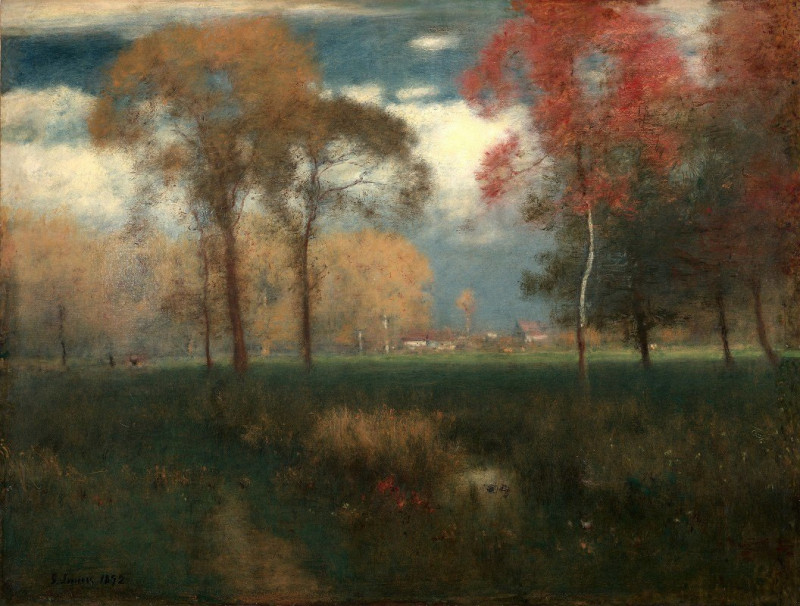
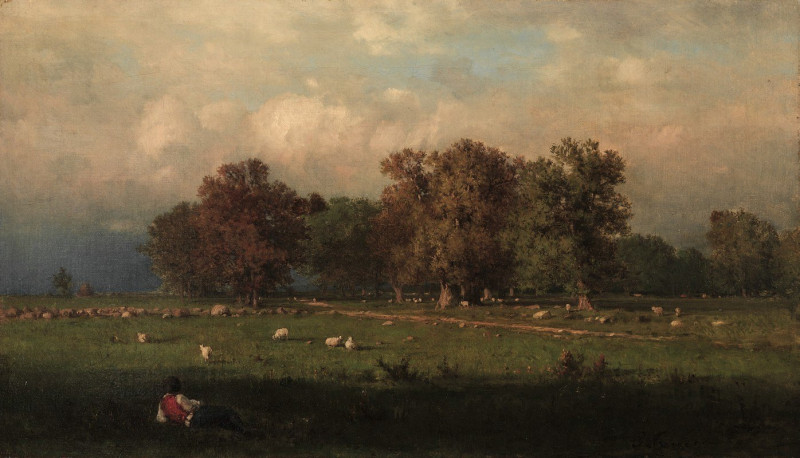
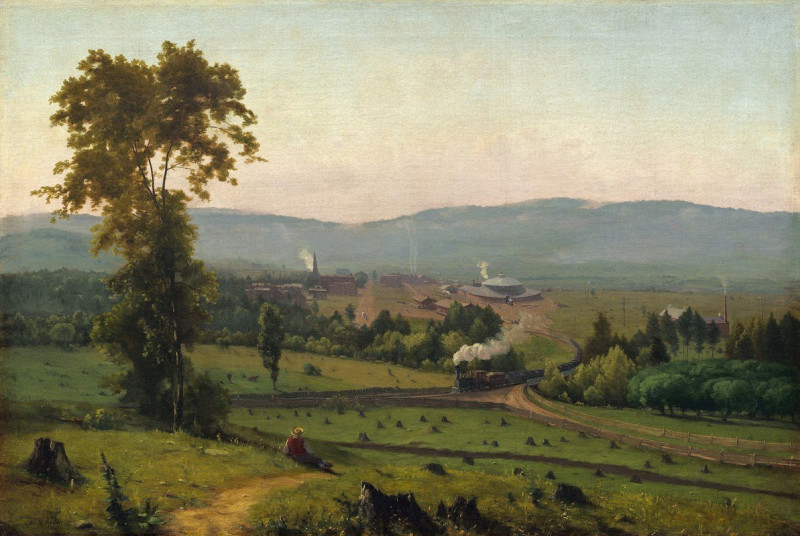

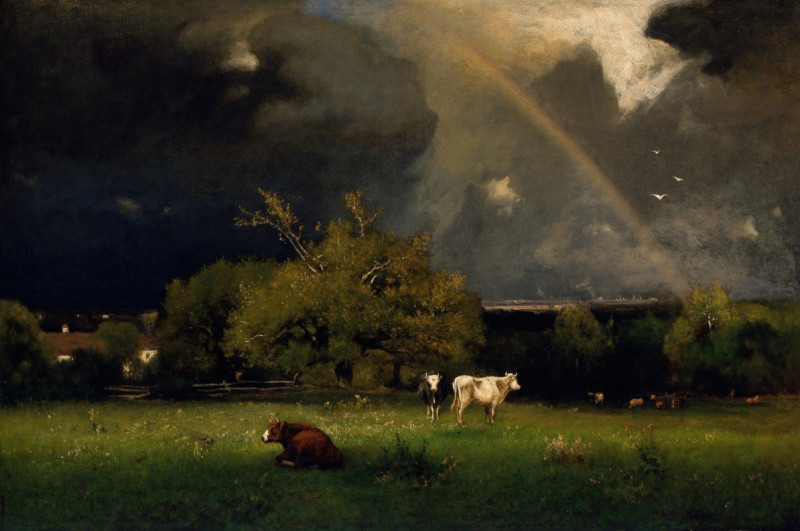
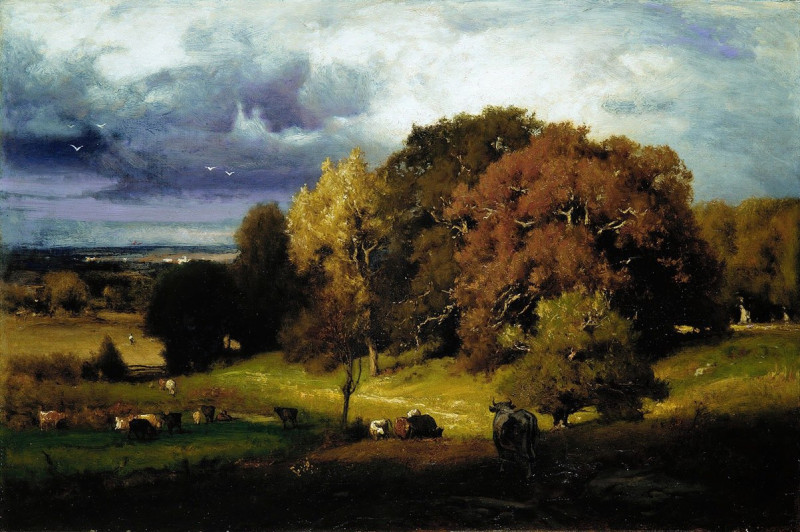
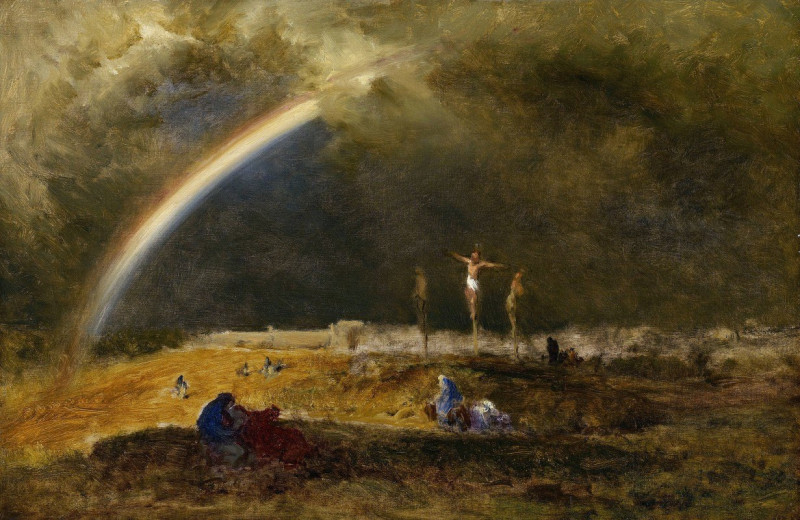
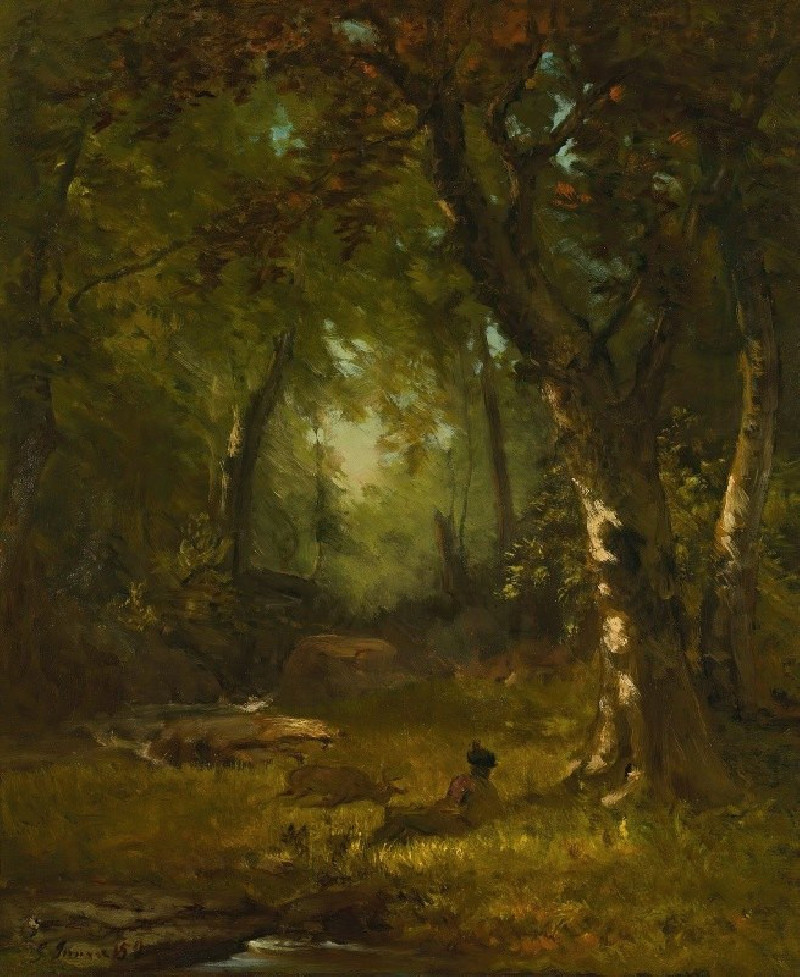
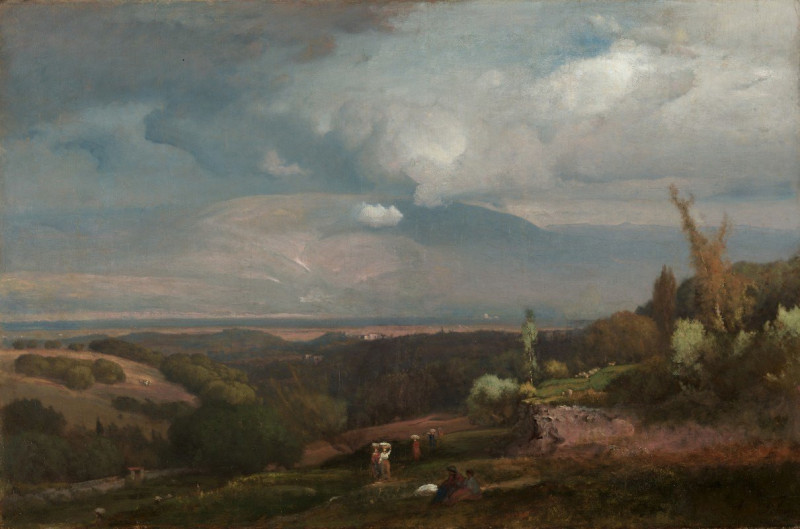
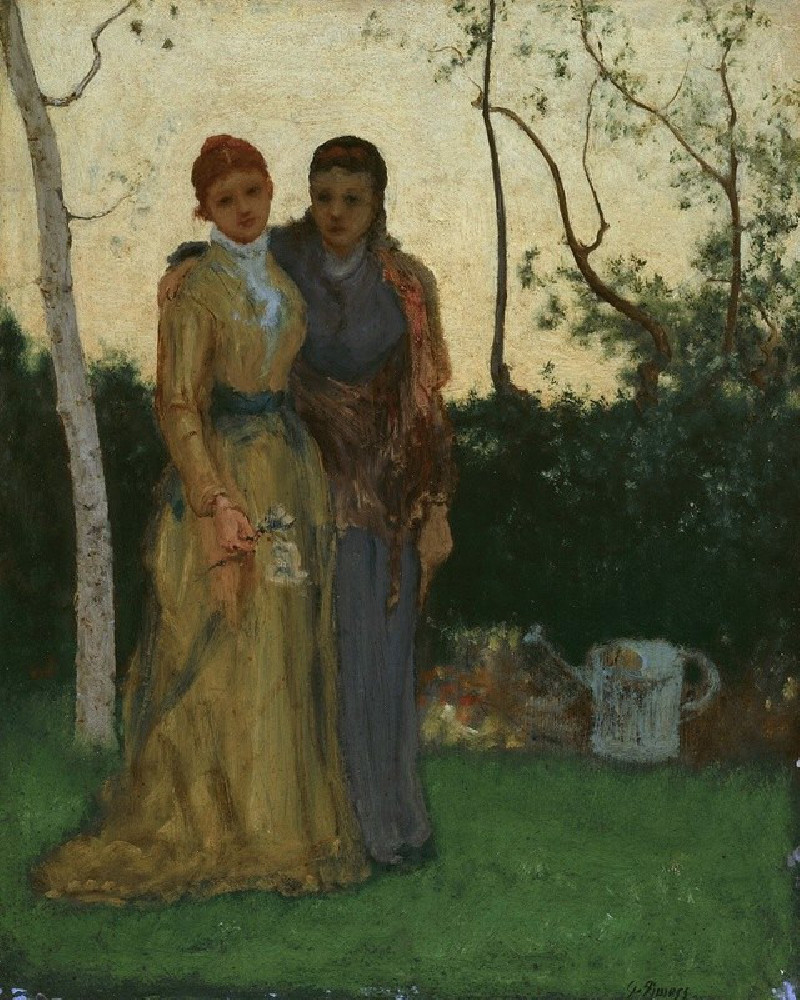
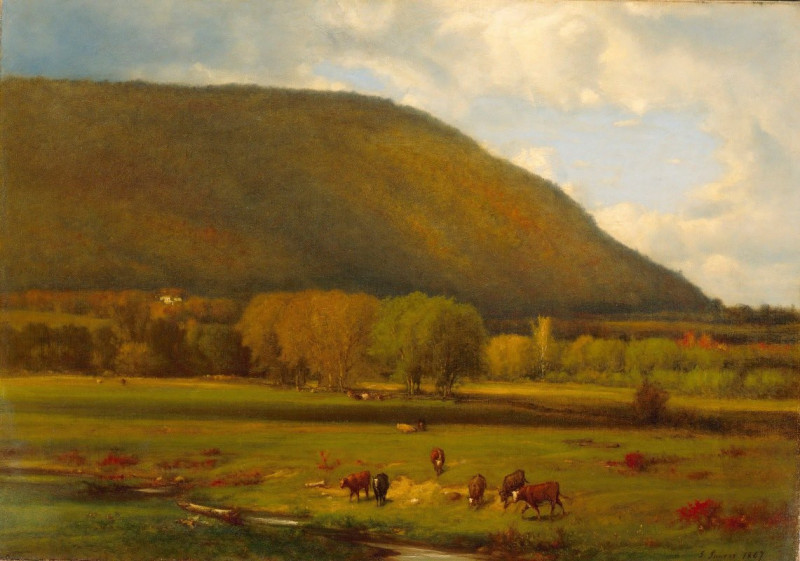
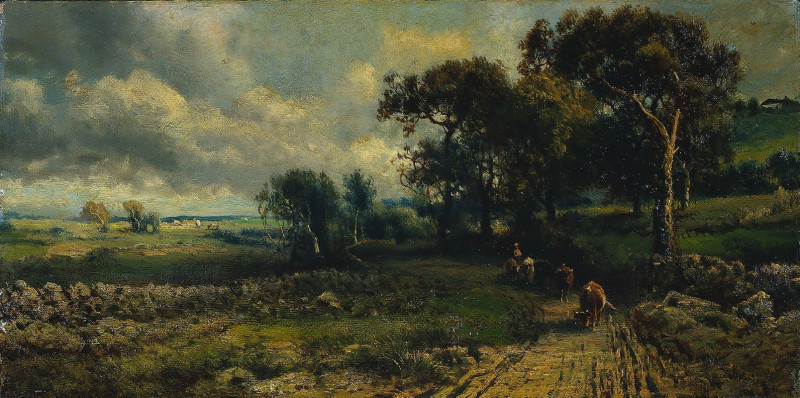

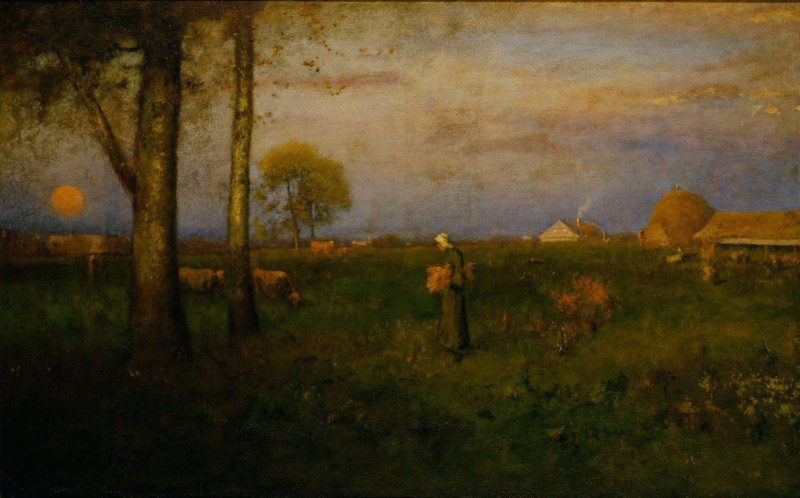

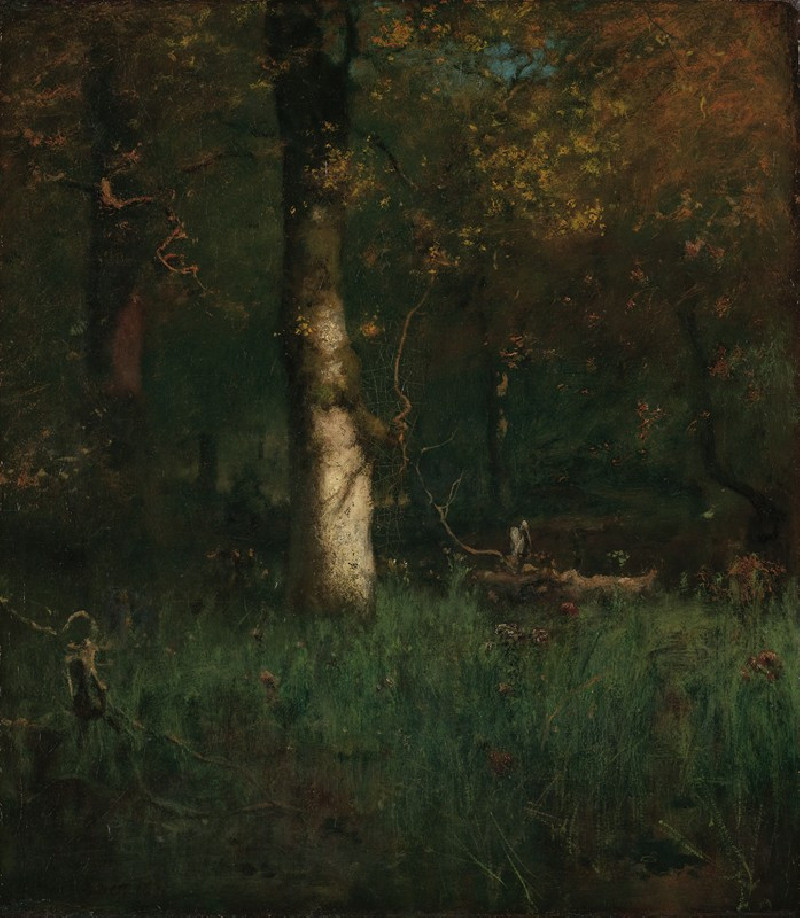

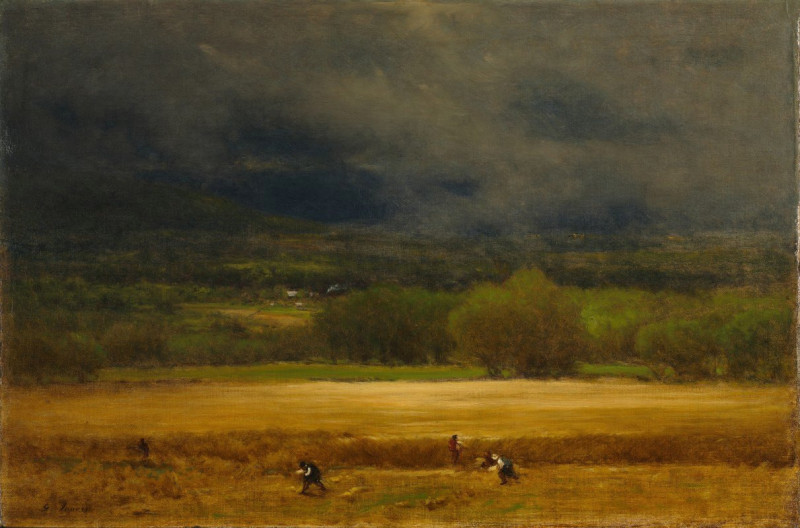
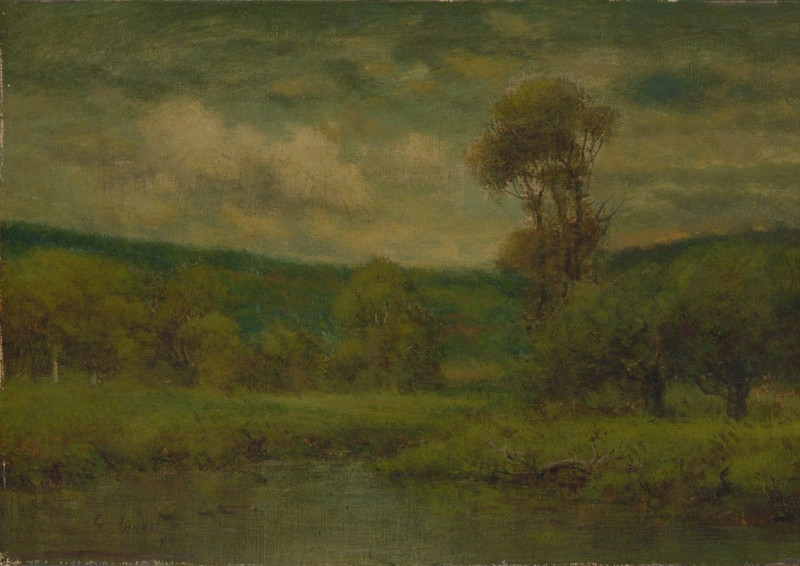


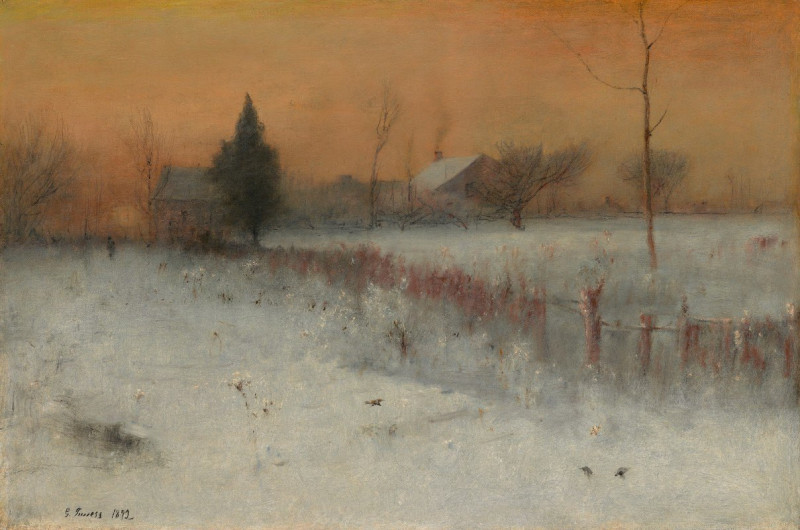
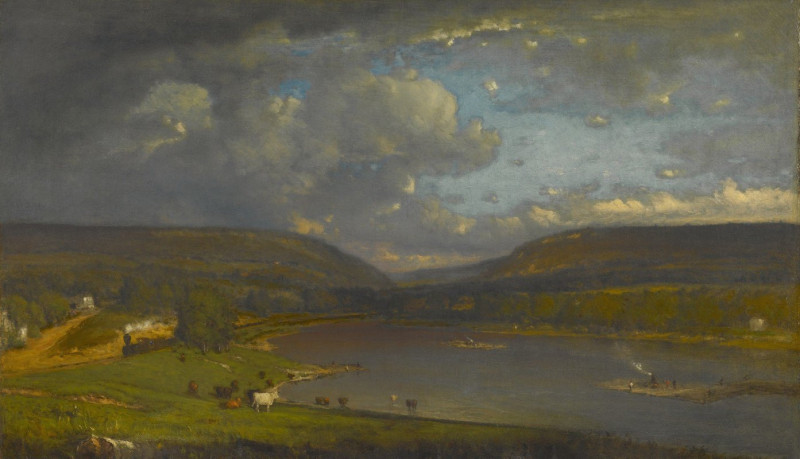
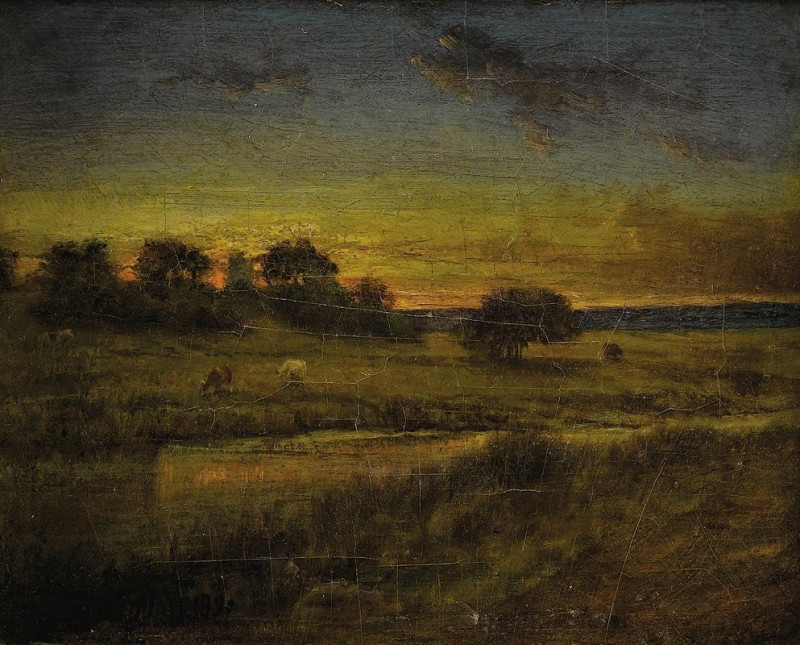
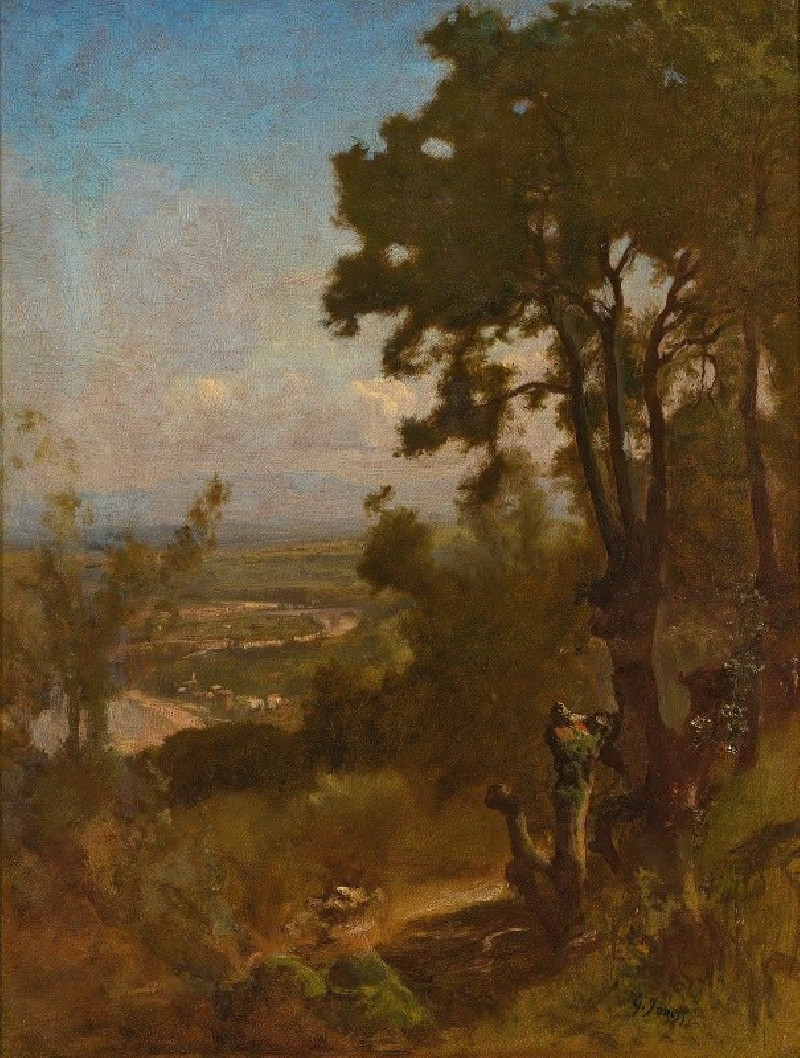
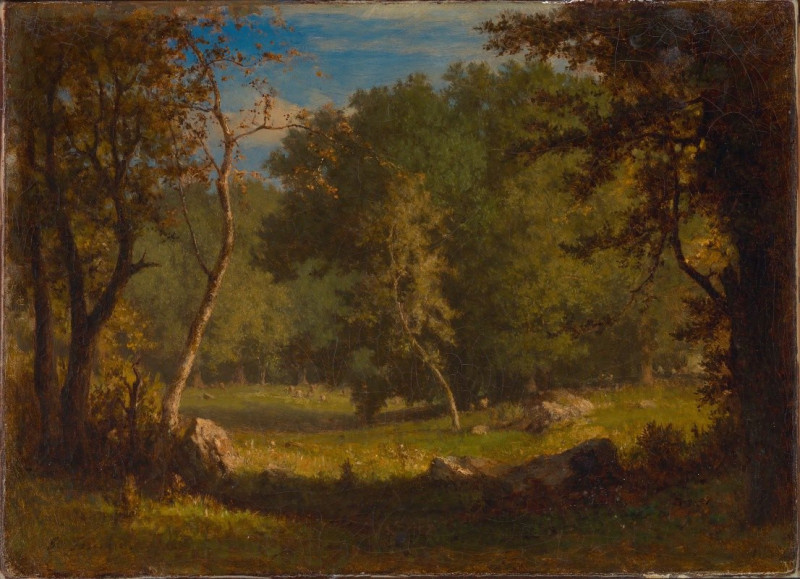
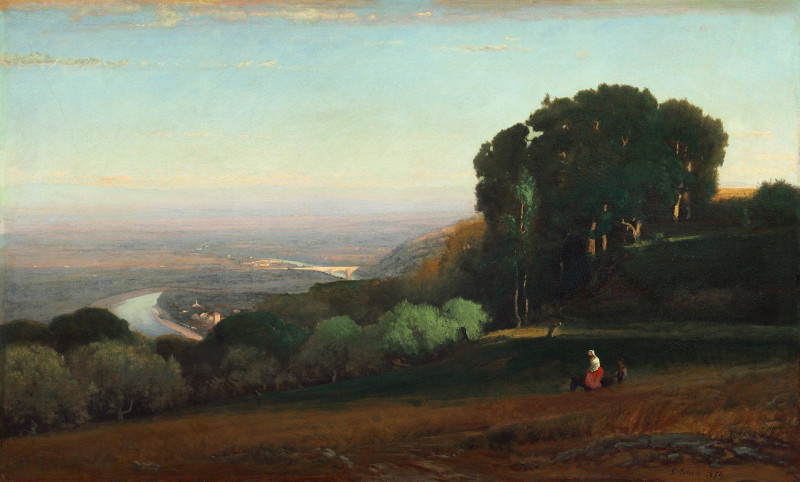
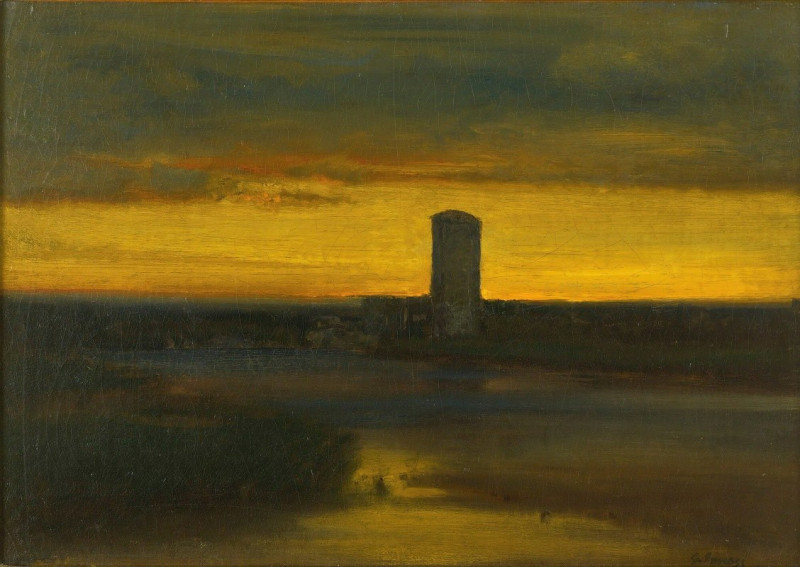

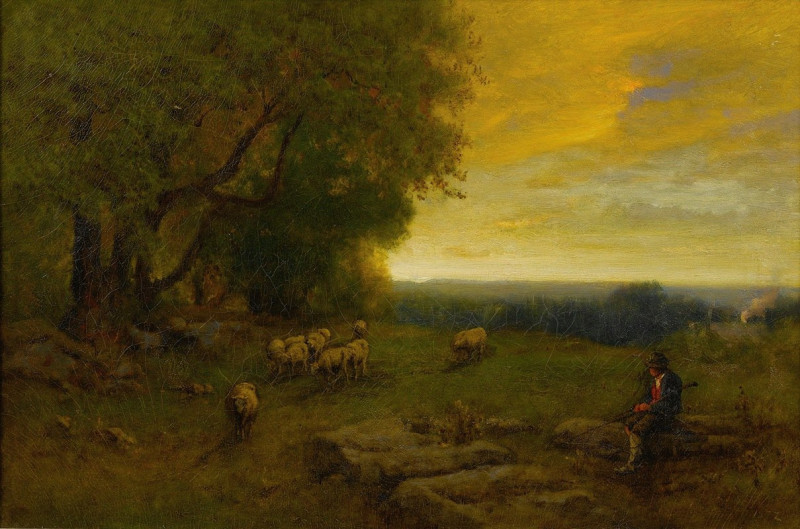
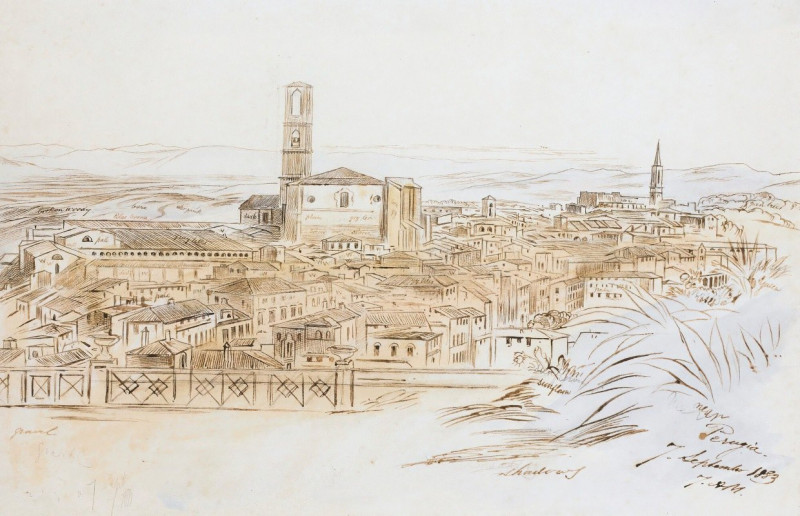
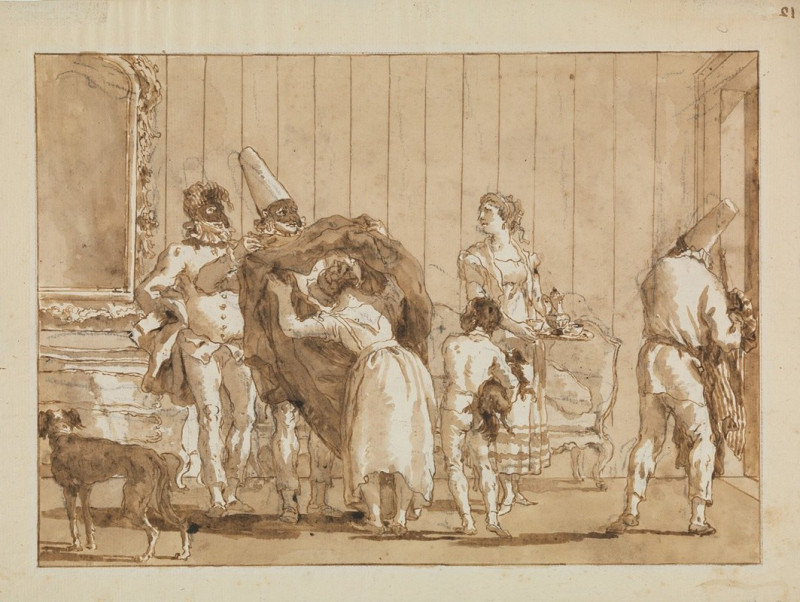
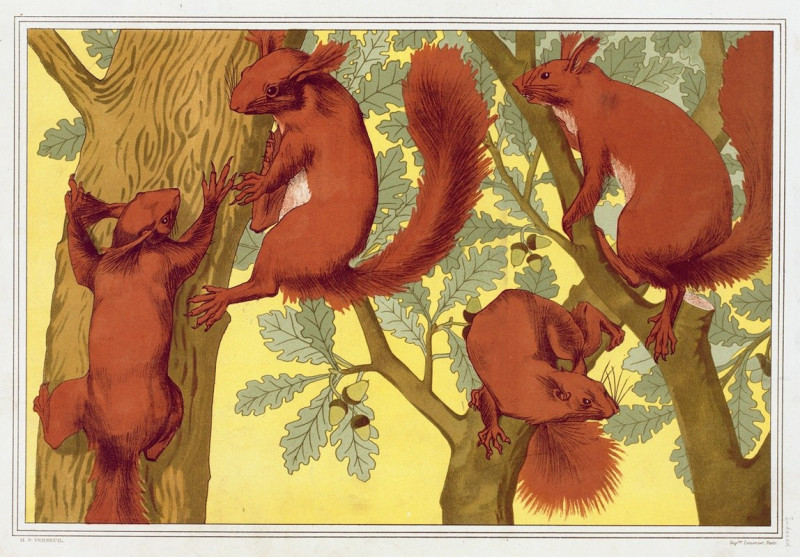
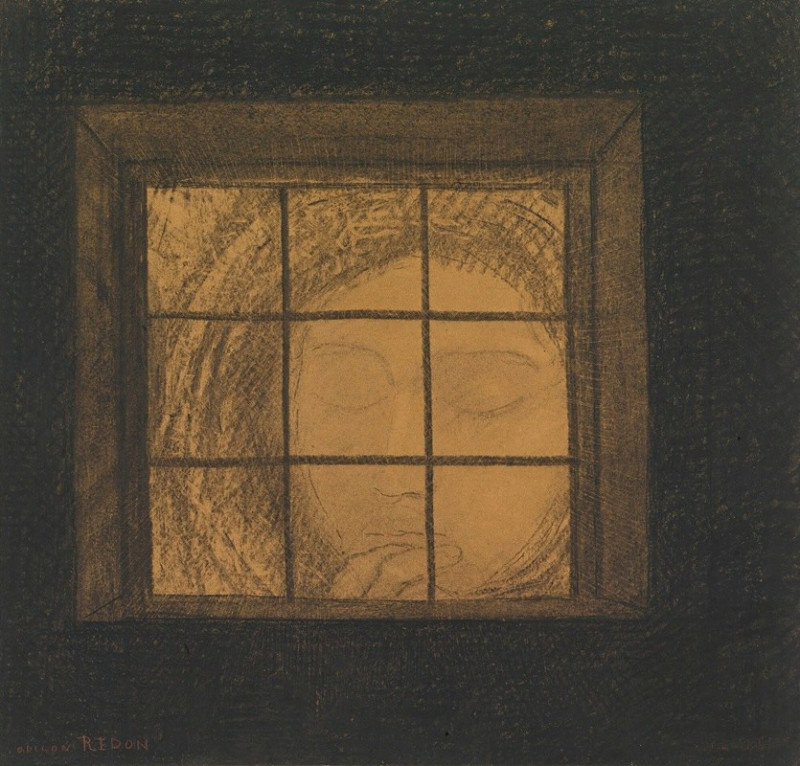
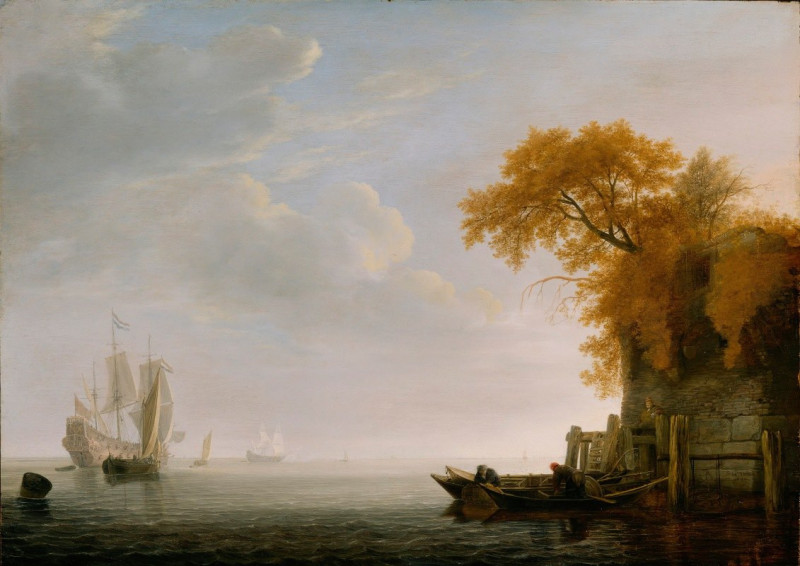
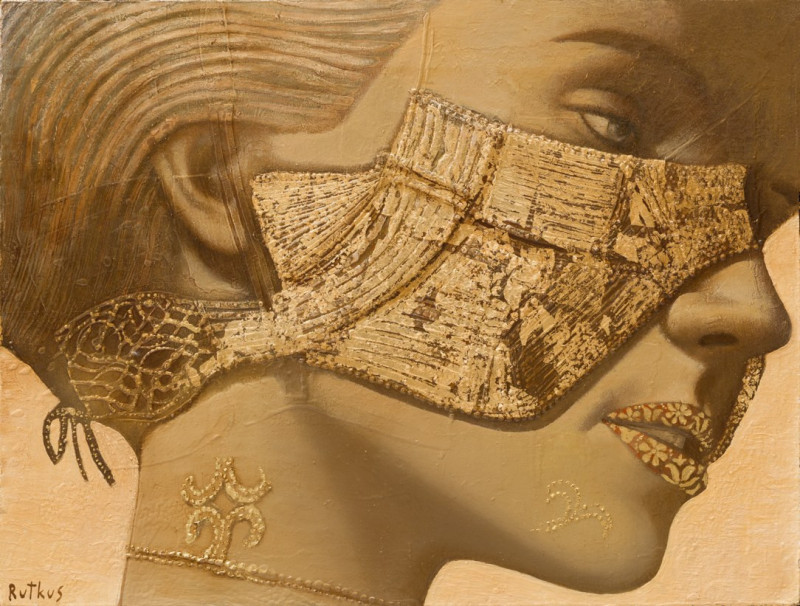
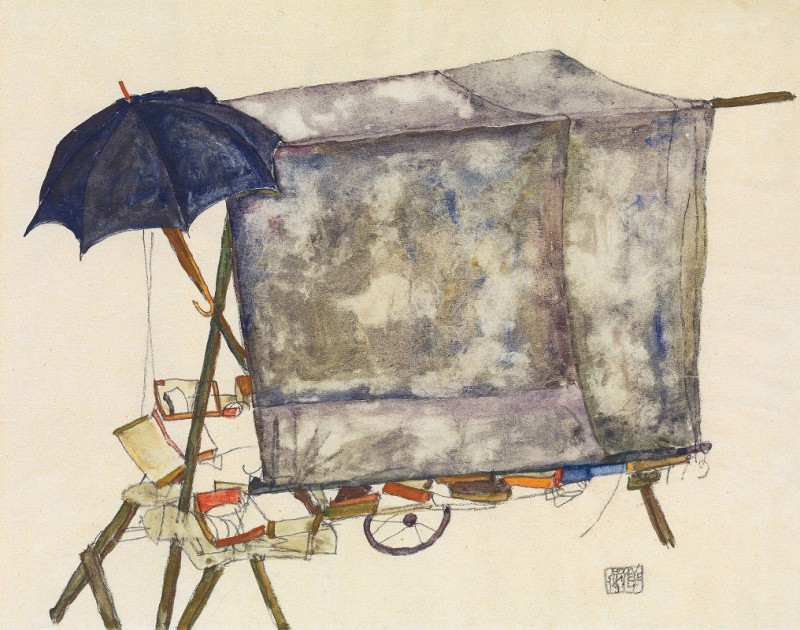

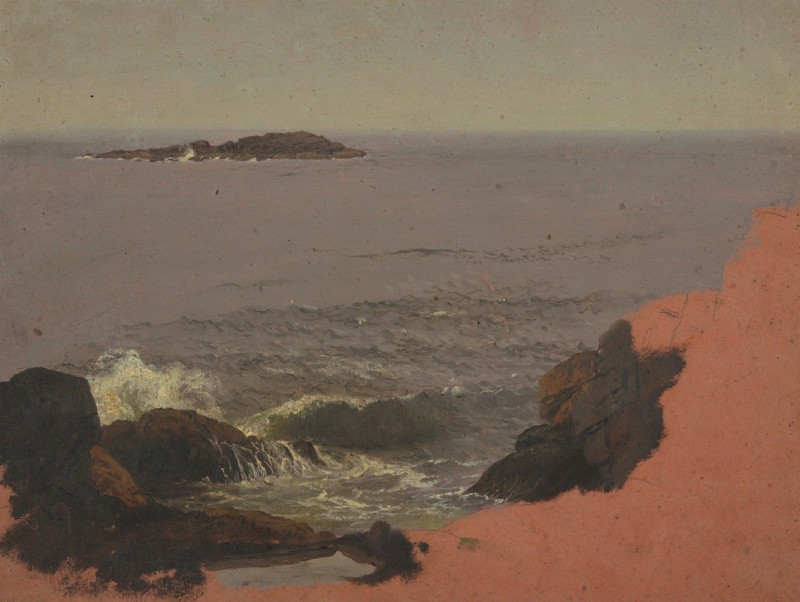
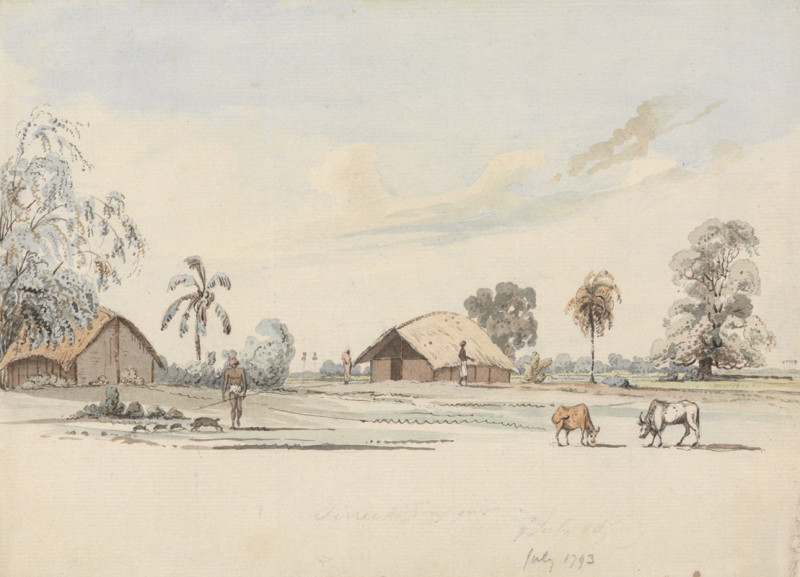
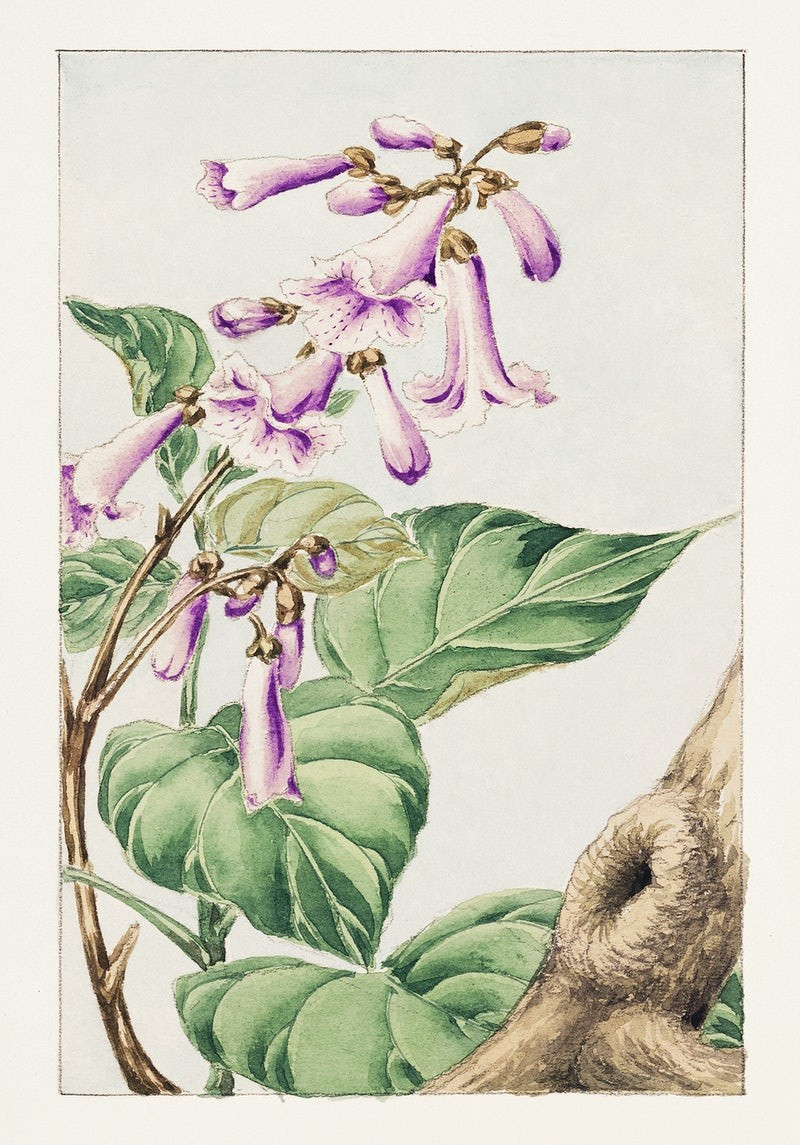
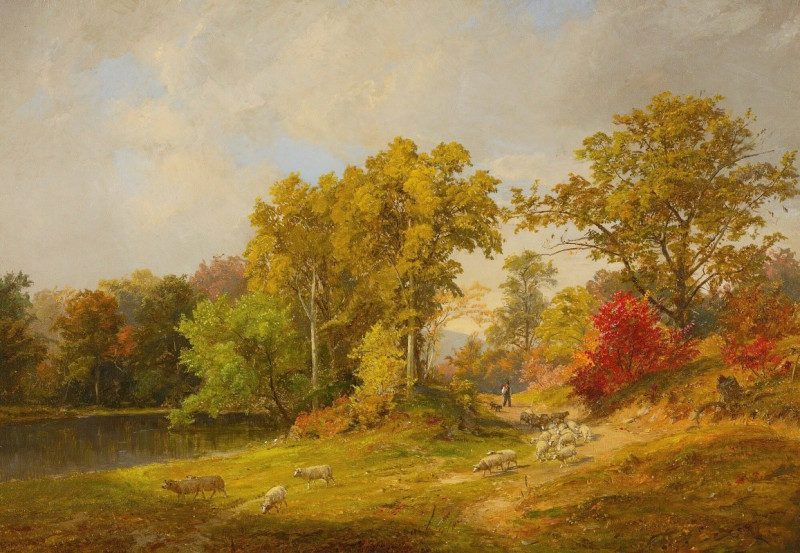
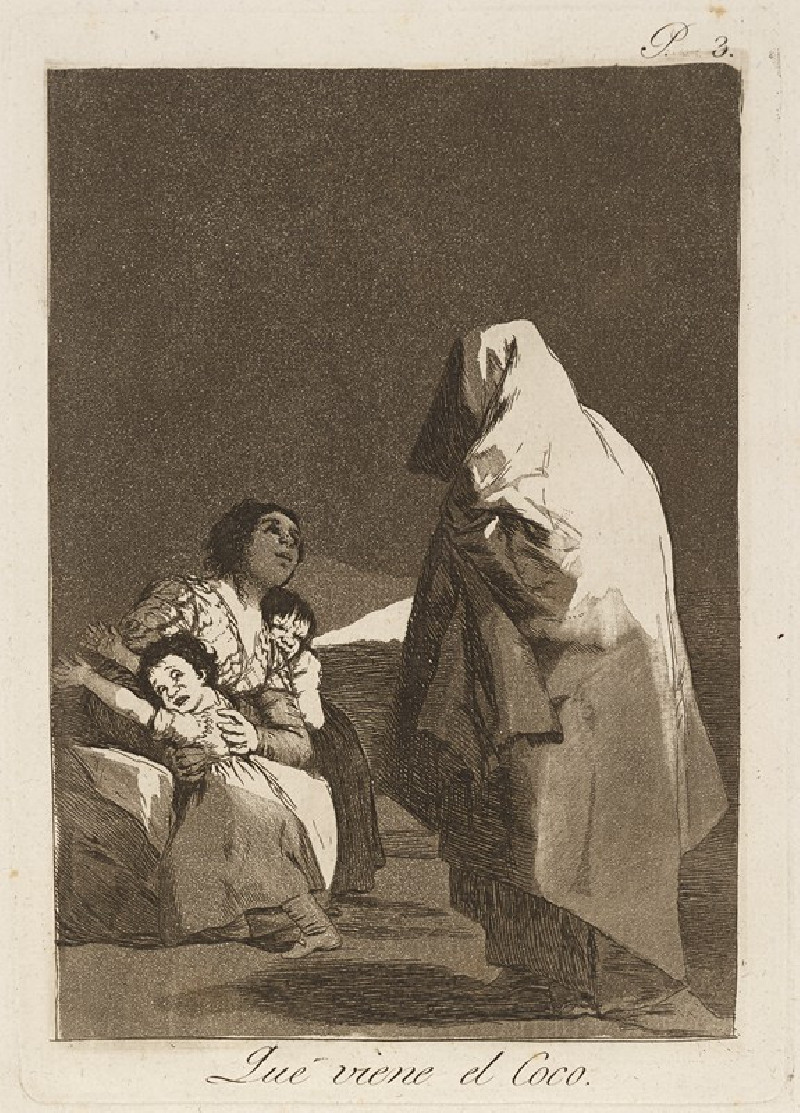
![Karnac [Karnak]. Nov. 29th, 1838 (1846-1849) reproduction of painting by David Roberts. ALL GICLEE PRINTS](https://reprodukcijos.lt/39232-large_default/reproduction-of-karnac-karnak-nov-29th-1838-1846-1849.jpg)
